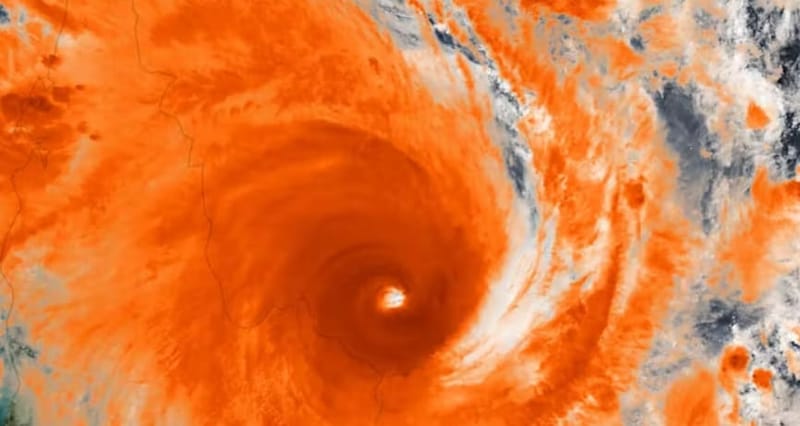
Our minds are fleeting. William James, the father of modern psychology, describes them as birds, alternating between flying and perching.
A direct consequence is our difficulty to focus on a given task, especially when we’re not particularly motivated. Instead, we often catch ourselves thinking about unrelated things – things of the past or future, things to do or forgotten – instances that are studied under the concept of “mind wandering”.
Read more: Spontaneous thought and the mysteries of the wandering mind
At times as well, it seems our minds wander to nowhere. We “mind-blank” and then come back to ourselves and to the world without quite knowing where we were.
Mind wandering and mind blanking are everyday-life phenomena that can have dramatic consequences if they occur at the wrong moment. They increase when we get tired, after a long day, for example, or a task demanding deep focus, such as driving a car, or during exams, or even in the middle of a presentation. They also increase when we’re sleep-deprived.

In a study published in Nature Communications, we tried to better understand what happens in our brains when our attention lapses and, especially, the relationship between mind wandering, mind blanking and sleep.
We examined the brain activity of healthy young individuals performing a boring task. We could derive whether they were paying attention to the task from their performance. We also interrupted them at random times to ask them if they were focusing on the task, mind wandering or mind blanking.
In parallel, we recorded their brain activity with an electroencephalogram, which consists of a set of sensors placed on the skull to monitor the rhythms of the brain.
We searched more specifically for signs of sleep within wakefulness. Indeed, sleep-like slow waves, a pattern of brain activity that’s characteristic of sleep, can be observed locally within the brain when people get tired. This marker has often been interpreted as part of the brain experiencing a bout of sleep during wakefulness.
Indeed, recent advances in sleep research have shown that sleep and wakefulness are not all-or-nothing phenomena, and that we can sometimes express both markers of sleep and wake in different parts of the brain.

We found that the occurrence of these sleep markers can predict instances of mind wandering and mind blanking. Sleep-like slow waves could also predict the occurrence of behavioural errors during the task.
Interestingly, the predictive power of slow waves depends on their location within the brain. Slow waves observed over the frontal parts of the brain, brain regions involved in the control of our actions and thoughts, were associated with less control – more impulsivity and more mind wandering. Slow waves observed in the posterior parts of the brain, brain regions involved in the processing of sensory information, were associated with sluggishness and mind blanking.
These results can easily be understood through the concept of local sleep. If the sleep-like slow waves observed in brain recordings correspond to local bouts of sleep in globally-awake individuals, then we can predict that the cognitive consequences of these slow waves will depend on the functions carried by the impacted brain regions.
Accordingly, one brain mechanism, local sleep intrusions during the day, could explain a broad range of attentional lapses – mind wandering and mind blanking, sluggishness and impulsivity.
Read more: Our minds may be wandering more during the pandemic – and this can be a good thing
Our results suggest that local sleep might represent an everyday phenomenon, and could participate to shape the stream of our consciousness.
Indeed, the individuals tested here weren’t sleep-deprived and didn’t experience any sleep or vigilance disorders. They were you and me, going about a normal day. Yet, without realising it, parts of the brain were going offline. Surely, the fact that the task we instructed them to perform was extremely boring and repetitive helped!
These findings could have important implications for attention disorders such as Attention Deficit/Hyperactivity Disorders (ADHD), a condition that affects 1-3% of the Australian adult population, and 3-7% of children and teenagers. Indeed, ADHD adults and children often report sleep and vigilance disturbances in conjunction with difficulties focusing on undemanding tasks.
We’re currently studying, in a project funded by NHMRC, the link between sleep intrusions and attentional disorders in ADHD. Our aim is to unravel the mechanisms explaining the inherent instability of our attention, and identify therapeutic targets such as improving sleep quality.
This new study reaffirms how sleep and wakefulness can be intermingled in the human brain. It parallels studies in sleep showing how the brain can locally “wake up” in order to process sensory information coming from the environment.
Here, we show the reverse phenomenon, and how sleep intrusions can shut us off and make our minds wander somewhere or nowhere.





